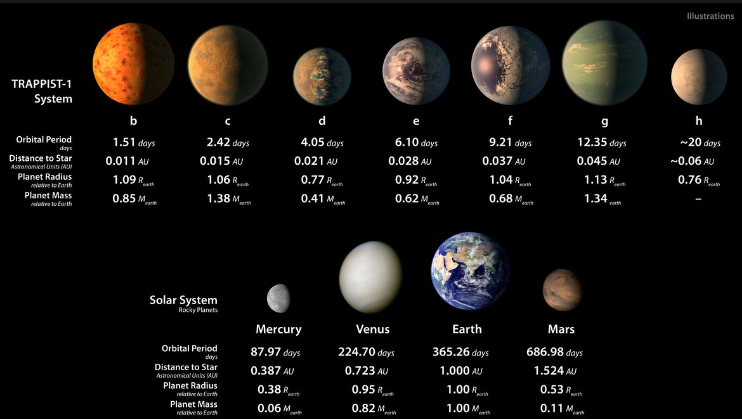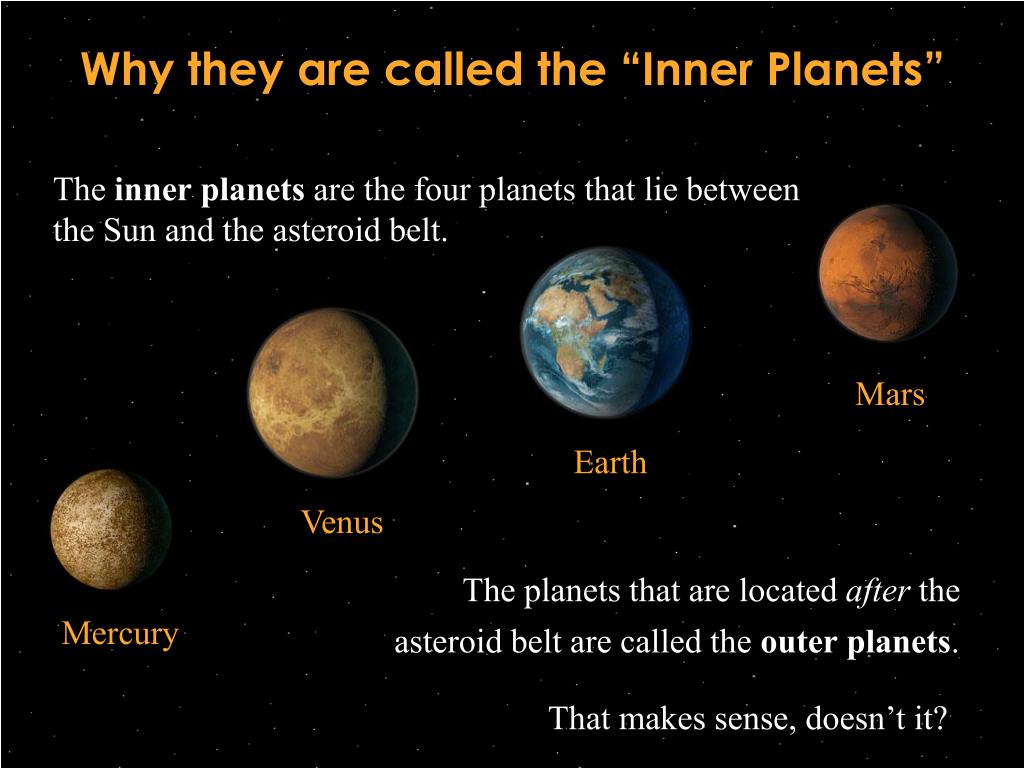Which Characteristic is Common to All Inner Planets?
The inner planets, also known as the terrestrial planets, are a fascinating group of planets that orbit closer to the Sun than the outer planets. Mercury, Venus, Earth, and Mars make up the inner planets of our solar system. While each of these planets has unique features, there are several characteristics that they all share. In this article, we will explore the common traits that define the inner planets and shed light on their similarities.

Solar system
1. Close Proximity to the Sun
The first and most significant characteristic shared by all inner planets is their close proximity to the Sun.
Unlike the outer planets, which are predominantly composed of gas and are located farther from the Sun, the inner planets are rocky and reside within the inner regions of the solar system.
This proximity to the Sun has profound implications for the physical properties and conditions on these planets.
2. Solid and Rocky Surfaces
Another common trait among the inner planets is their solid and rocky surfaces. Unlike the gas giants of the outer solar system, the inner planets have a solid composition, predominantly consisting of rocks, metals, and silicate materials. This solid surface distinguishes them from the gas giants, which lack a defined solid surface.
3. Relatively Small Sizes
Compared to the outer planets, the inner planets are relatively small in size.
Mercury, the smallest planet, has a diameter of about 4,879 kilometers, while Earth, the largest inner planet, has a diameter of approximately 12,742 kilometers.
These sizes are considerably smaller than the gas giants like Jupiter and Saturn. The smaller size of the inner planets contributes to their distinct characteristics and conditions.
4. Sparse or Absent Atmospheres
Unlike the gas giants, which possess thick and predominantly gaseous atmospheres, the inner planets have sparse or absent atmospheres. Mercury, for example, has an extremely thin atmosphere composed mainly of trace gases.
Venus, on the other hand, has a dense carbon dioxide atmosphere that creates a runaway greenhouse effect, resulting in its high surface temperature. Mars has a thin atmosphere with predominantly carbon dioxide.
Earth, being the exception, has a substantial atmosphere that supports life as we know it.
5. Relatively Short Orbital Periods
The inner planets have relatively short orbital periods compared to the outer planets. They orbit the Sun at a closer distance, resulting in faster revolutions around the Sun. For instance, Mercury, being the innermost planet, completes its orbit in just about 88 Earth days. Venus takes approximately 225 Earth days, while Earth completes its orbit in about 365.25 days. Mars has a longer orbital period of about 687 Earth days.

" Inner planets" mean
The inner planets, including Mercury, Venus, Earth, and Mars, share several common characteristics that distinguish them from the outer planets. Their close proximity to the Sun, solid and rocky surfaces, relatively small sizes, sparse or absent atmospheres, and relatively short orbital periods are among the key features that define the inner planets. Understanding these shared characteristics enhances our knowledge of our neighboring planets and the dynamics of our solar system.